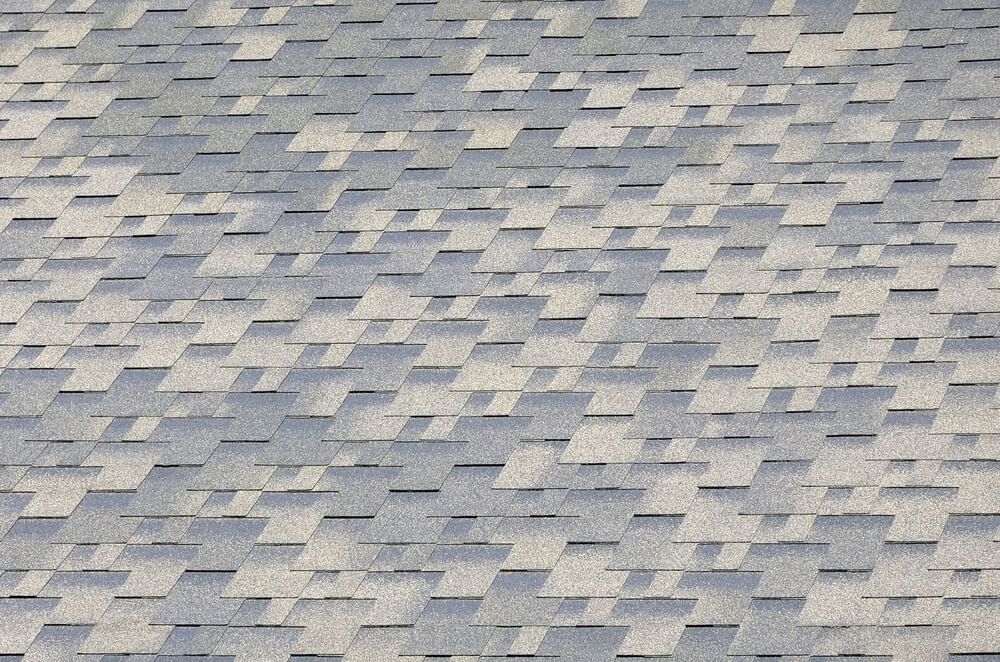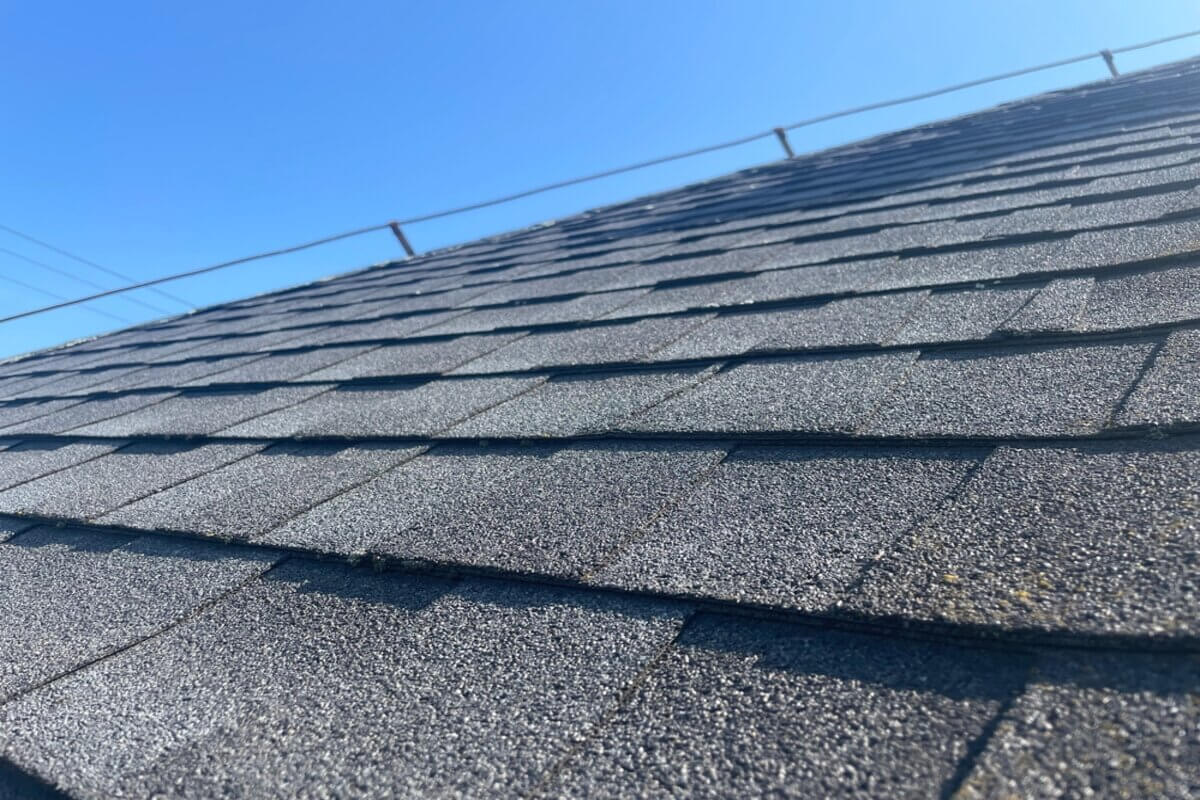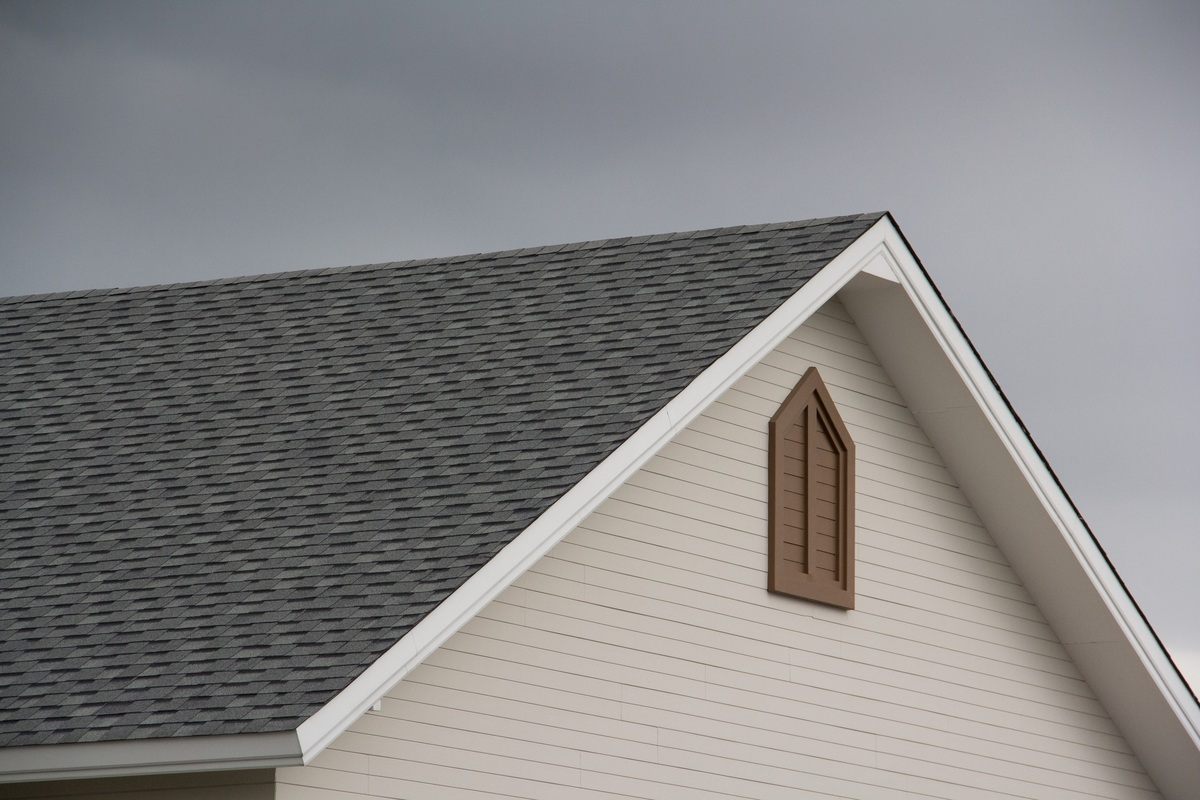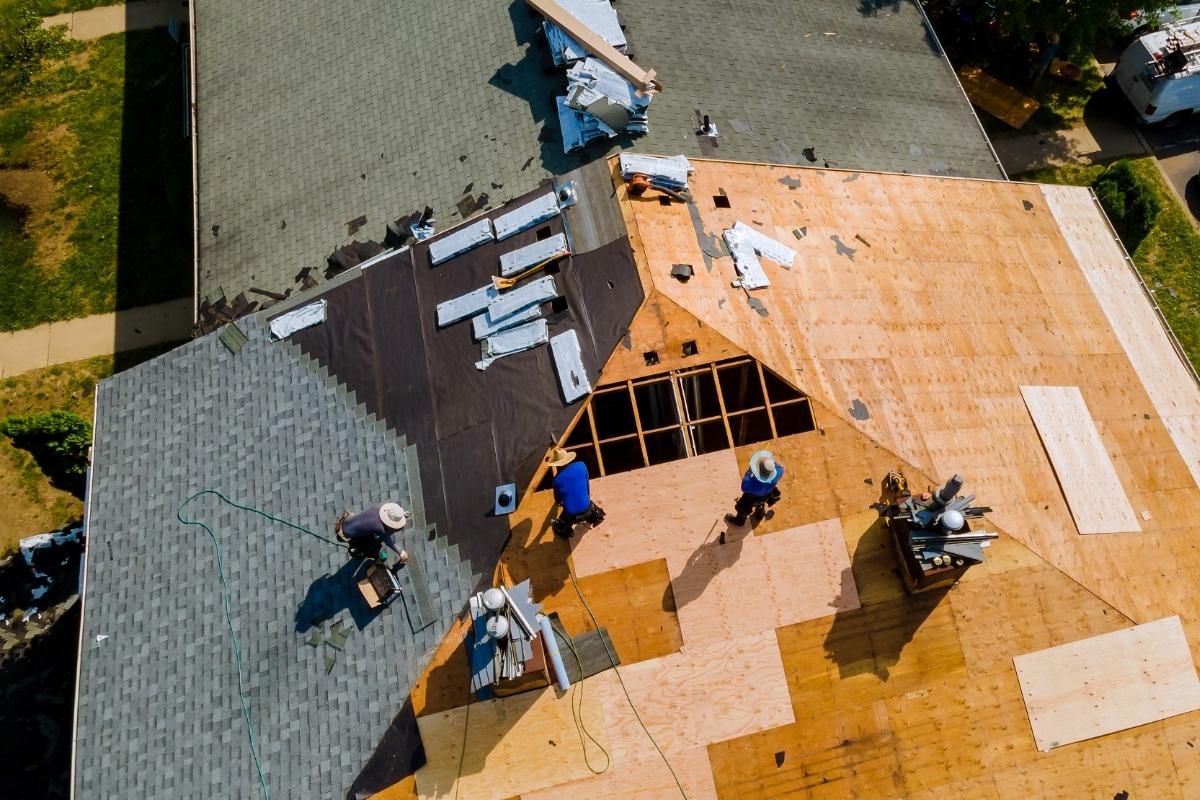When it comes to the integrity of your home, the roof is one of the most critical components. It shields your family and belongings from the elements, enduring everything from scorching sun to driving rain. However, even the most durable roofs can experience wear and tear over time. One of the most common issues homeowners face is granular loss on their asphalt shingles. This seemingly small problem can escalate if not addressed promptly, leading to more significant damage and costly repairs.
Understanding Granular Loss: What it Means for Your Roof
Granules on asphalt shingles serve more than just an aesthetic purpose. These tiny particles, often made of minerals or ceramic, provide a protective layer that shields the shingles from ultraviolet (UV) rays, impacts, and harsh weather conditions. When these granules start to erode or fall off, the shingle becomes vulnerable, and the underlying layers are exposed to damage. Granular loss can occur for various reasons, including aging, poor installation, or severe weather conditions. In some cases, it may be a normal part of the shingle’s lifespan, but excessive loss should be a red flag. Ignoring this issue can lead to leaks, water damage, and a significantly reduced lifespan of your roof.
Identifying Granular Loss on Your Roof
Signs of Granular Loss
Recognizing the signs of granular loss on your roof is crucial for timely repairs. Here are some indicators to look out for:
- Accumulation of granules in gutters: If you notice a large number of granules collecting in your gutters or at the base of your downspouts, this is a clear sign that your shingles are shedding granules.
- Bald spots on shingles: Bald spots or patches where granules are missing are another indication that your roof is suffering from granular loss.
- Shiny or exposed areas: If you see shiny spots on your shingles, it means the protective granules have worn away, leaving the underlying asphalt exposed.
How to Repair Granular Loss on a Roof
Step-by-Step Guide to Repairing Granular Loss
Addressing granular loss on a roof requires careful attention and the right materials. Here’s how you can go about it:
- Inspect the roof: Before starting any repair, conduct a thorough inspection of your roof. Identify areas with the most significant granular loss and check for any additional damage like cracks, leaks, or missing shingles.
- Clean the affected area: Use a soft-bristle brush to gently remove any loose granules and debris from the affected shingles. Be careful not to cause further damage to the remaining granules.
- Apply roofing adhesive: Using a high-quality roofing adhesive, apply a thin layer over the areas where granules are missing. This adhesive will help secure new granules and protect the exposed asphalt. Add Replacement Granules: Collect granules that have accumulated in your gutters or use a matching product purchased from a roofing supplier. Sprinkle these granules over the adhesive, pressing them down gently to ensure they adhere properly.
- Allow to cure: Give the adhesive time to cure completely, following the manufacturer’s instructions. This usually takes a few hours, but it’s essential to ensure the granules are securely bonded to the shingle.
Preventing Future Granular Loss
Regular Maintenance and Roof Inspections
While repairing granular loss on a roof is essential, preventing it from happening again is just as important. Regular roof maintenance can go a long way in extending the life of your shingles and keeping your home protected. Here are some tips:
- Schedule annual inspections: Have a professional inspect your roof at least once a year, especially after severe weather events. They can identify early signs of granular loss and other issues before they become major problems.
- Clean gutters regularly: Keeping your gutters clear of debris prevents water buildup, which can lead to shingle damage and granular loss.
- Trim overhanging branches: Trees with branches that hang over your roof can scrape against shingles during windy conditions, accelerating granular loss. Keeping these branches trimmed will help protect your roof.
When to Call a Professional
Knowing When it’s Time for Expert Help
While minor granular loss can often be repaired by a handy homeowner, there are situations where it’s best to call in a professional. If the damage is widespread, or if you’re dealing with older shingles that have reached the end of their lifespan, a professional roofer can provide a more thorough assessment and recommend the best course of action. They can also ensure that repairs are done correctly, preventing further issues down the line.
Conclusion

Repairing granular loss on a roof is a crucial step in maintaining the overall health of your home. By recognizing the signs early and taking prompt action, you can prevent more severe damage and extend the life of your roof. Regular maintenance, inspections, and timely repairs will keep your roof in top condition, protecting your home and everything inside it. If you’re unsure about the extent of the damage or need professional assistance, contact DryTech Exteriors today for expert advice and service.




